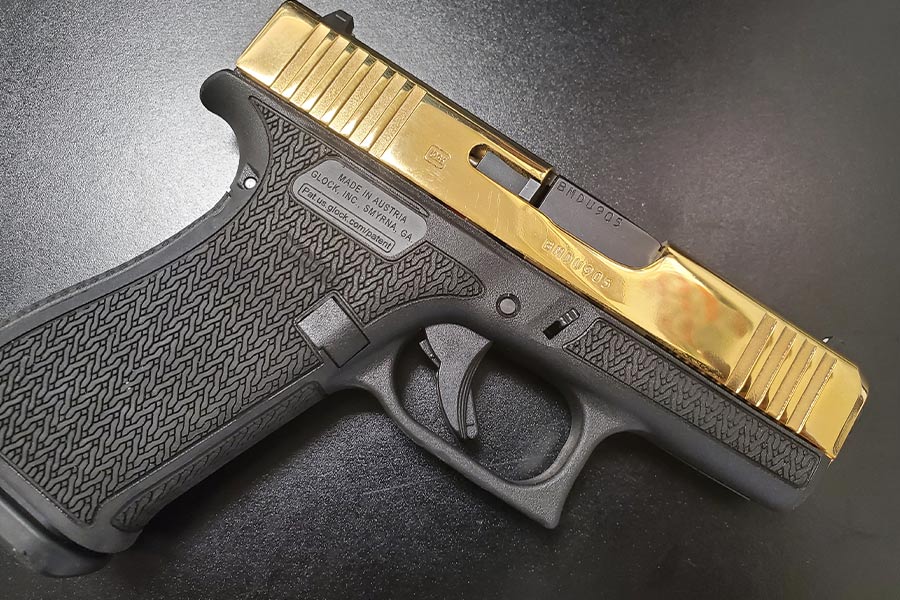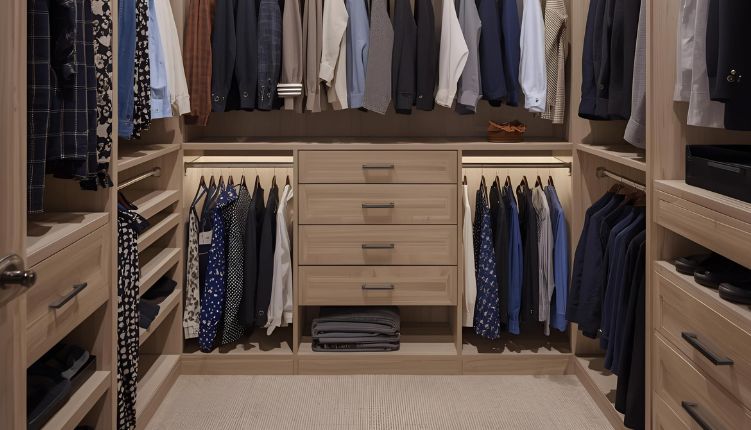
In gunsmithing, coatings and finishes are essential for enhancing the longevity and performance of firearms. Treatments such as bluing, Cerakote, nitriding and anodizing serve as protective barriers against corrosion, wear and environmental factors. These finishes also reduce friction between moving parts, leading to smoother operation and extended component lifespan. At the Sonoran Desert Institute (SDI), accredited by the Distance Education Accrediting Commission (DEAC), students explore these topics through courses like “FTT 201: Firearms Finishes and Engraving,” which covers traditional and modern finishing techniques. Applying the appropriate finish, be it on a hunting rifle or a competitive pistol, not only boosts durability but also ensures optimal performance across diverse conditions.
Coatings and finishes are integral to gunsmithing because they protect against environmental exposure, moisture and chemical reactions that can degrade the metal over time. For example, bluing, one of the oldest and most common finishes, forms a thin oxide layer on steel, offering basic corrosion resistance while also imparting a classic look. However, modern coatings like Cerakote offer superior protection due to their ceramic base, which improves hardness and wear resistance while allowing for a range of colors and textures. Nitriding, often used for steel components, hardens the surface to increase durability, while anodizing provides aluminum parts with a tough oxidized layer. As gunsmithing technology advances, combining traditional techniques with modern innovations will enable gunsmiths to produce firearms that perform reliably and look exceptional.
Bluing: A Classic Finish with Protective Benefits
Bluing is a tried-and-true method for protecting steel firearms from rust and corrosion. The process involves creating a controlled oxide layer on the surface of the metal, which helps protect against environmental factors like moisture. While this method is reliable and offers a classic, smooth finish, it does not provide as much protection as some of the modern coatings and finishes available today. The bluing process, however, is still highly valued for its rich, dark appearance, which adds to the firearm’s aesthetic appeal.
That said, Cerakote, a ceramic-based coating, has become one of the most popular finishes for firearms due to its durability, versatility and the range of colors it offers. Cerakote coatings not only enhance corrosion resistance but also provide increased abrasion resistance, making it a favorite among those who use their firearms in demanding environments. Gunsmiths often turn to Cerakote when they need a finish that performs well under harsh conditions, offering protection against scratches, heat and even chemicals. The added benefit of Cerakote is its ability to be applied in virtually any color, allowing for customized designs while maintaining superior protection.
Cerakote: High Durability and Customization
Cerakote is a high-performance ceramic coating that adds another layer of protection to firearms. It is applied through a spray process and can be customized in an extensive range of colors and textures. Not only does it protect against corrosion and rust, but Cerakote also offers significant resistance to scratching, abrasion and even extreme temperatures. It makes it ideal for firearms used in environments where durability is paramount, such as military, law enforcement and outdoor recreational activities. The ability to create a visually striking firearm while enhancing its protection is a key reason for Cerakote’s popularity in gunsmithing today.
Another modern finish that has gained traction in gunsmithing is nitriding. Nitriding is a process that hardens the surface of a steel firearm by infusing nitrogen into the metal’s surface, creating a thin, hard layer that is resistant to wear, corrosion and scratching. Unlike traditional coatings, nitriding becomes part of the steel itself, offering enhanced durability without adding any thickness to the material. This process is especially useful for firearms that need to withstand high-pressure environments, such as competition pistols or tactical rifles. The non-reflective, matte finish that nitriding provides also makes it ideal for tactical applications, where stealth and durability are important.
Nitriding: Strength and Resistance Without Sacrificing Functionality
Nitriding offers one of the most durable finishes for firearms, thanks to its unique method of embedding nitrogen into the surface of the steel. This treatment makes the firearm resistant to corrosion and wear while maintaining the strength and integrity of the metal. Unlike coatings that can wear down over time, nitriding bonds with the metal itself, making it less prone to chipping, scratching or fading. The result is a surface that remains functional and reliable, even under heavy use. Nitriding also provides a distinctive matte black appearance, which is favored by many tactical shooters for its sleek, low-maintenance look.
Typically, anodizing applied to aluminum is another treatment used to improve the durability and aesthetics of firearms. This electrochemical process increases the thickness of the natural oxide layer on the surface of aluminum, making it more resistant to scratches, wear and corrosion. Anodizing also allows for the incorporation of vibrant colors into the firearm’s design, making it a popular choice for aesthetic and custom gunsmithing. While anodizing is mostly used for aluminum parts like receivers and handguards, it serves an essential function by enhancing the firearm’s overall durability and providing additional resistance to the elements.
Anodizing: Color and Protection Combined
Anodizing enhances the appearance and durability of aluminum firearm components by increasing their resistance to scratches and corrosion. It also allows for color customization without compromising functionality. As firearms technology develops, so do coating methods. Advances in materials science deliver longer-lasting finishes that boost corrosion and wear resistance while offering aesthetic appeal. The right finish can greatly extend a firearm’s life and performance.
At Sonoran Desert Institute (SDI), students explore how various coatings and finishes impact the performance and longevity of firearms. Through hands-on training in courses like “FTT 201: Firearms Finishes and Engraving,” they acquire skills to apply finishes such as barrel bluing and spray-on coatings, enhancing both functionality and aesthetics. The curriculum emphasizes the importance of selecting appropriate coatings based on a firearm’s intended use, be it tactical, sporting or recreational, to ensure optimal durability and performance. As the industry develops, a solid understanding of these treatments equips gunsmiths to adapt to emerging materials and techniques.
By understanding the science behind finishes such as bluing, Cerakote, nitriding and anodizing, gunsmiths can better equip themselves to meet the growing demands of firearm users. These coatings extend the life of the firearm by protecting it from corrosion, abrasion and environmental stress, ensuring that shooters can rely on their weapons in diverse conditions. While coatings do not directly enhance performance metrics like accuracy, they preserve the firearm’s structural integrity, indirectly supporting consistent functionality. The right finish is more than just a cosmetic choice; it is a crucial factor in maintaining a firearm’s longevity and operational efficiency, blending craftsmanship with technological innovation.




